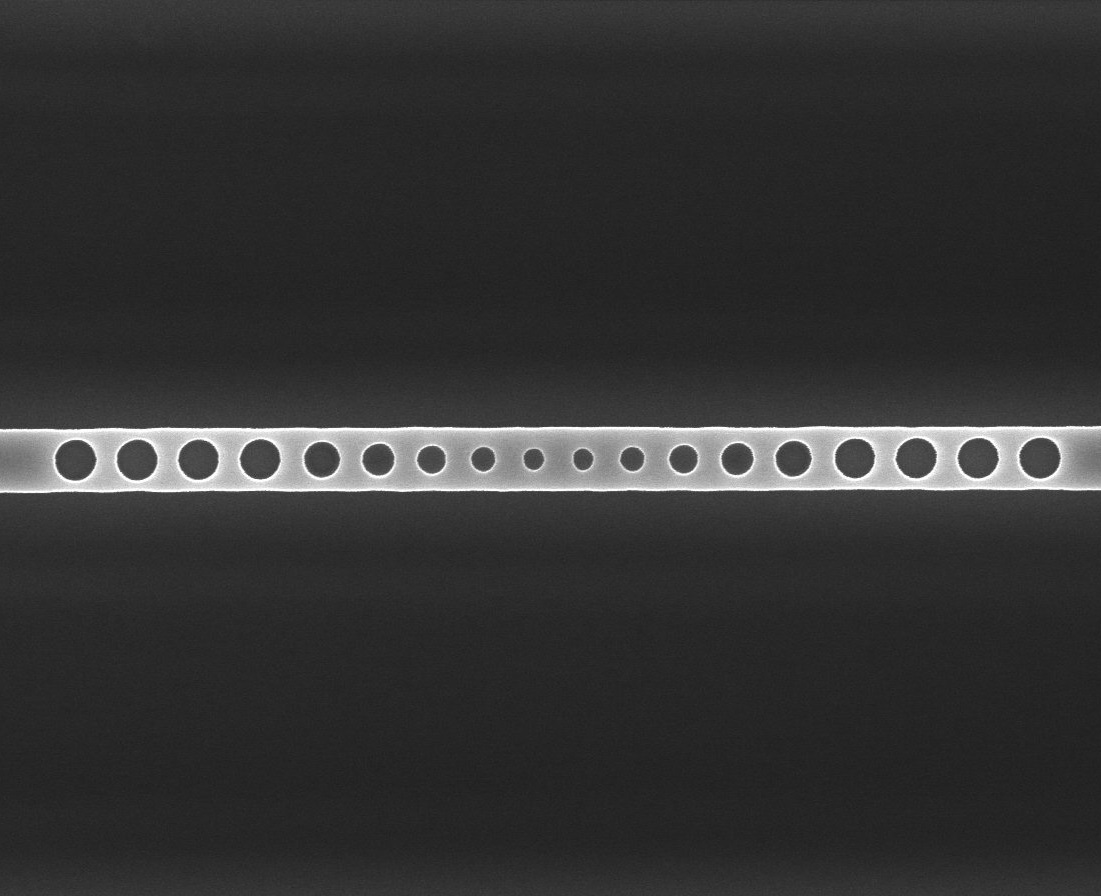博文
课题组的工作“锗基光子晶体谐振腔”在Photonics Research上发表
|
Our work "High-Q germanium optical cavity" in collaboration with Takagi & Takenaka Lab and Prof. Hon Ki Tsang's group has been published in Photonics Research.
https://www.osapublishing.org/prj/abstract.cfm?uri=prj-6-9-925
Mid-infrared (MIR) integrated photonics has attracted broad interest due to its promising applications in biochemical sensing, environmental monitoring, disease diagnosis, and optical communication. Among MIR integration platforms, germanium-based platforms hold many excellent properties, such as wide transparency windows, high refractive indices, and high nonlinear coefficients, but the development of MIR germanium photonic devices is still in its infancy. Specifically, MIR high-Q germanium resonators with comparable performance to their silicon counterparts remain unprecedented. Here we experimentally demonstrate an MIR germanium nanocavity with a Q factor of ~18,000, the highest-to-date of reported nanocavities across MIR germanium-based integration platforms. This is achieved through a combination of feasible theoretical design, Smart-Cut methods for wafer development, and optimized device fabrication processes. Our nanocavity, with its high Q factor and ultrasmall mode volume, opens new avenues for on-chip applications in the MIR spectral range.

https://blog.sciencenet.cn/blog-3307787-1131756.html
上一篇:课题组的工作连续三天被列为Opt. Lett.的本日最多下载论文
下一篇:课题组的工作连续三天被列为Photonics Research当日最多下载论文